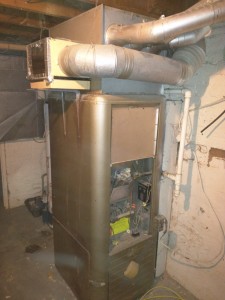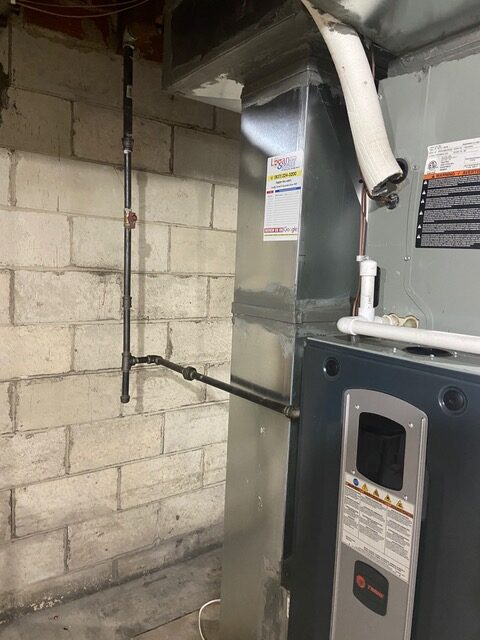Your go-to HVAC company: Offering high-quality services for home comfort
Your go-to HVAC company: Offering high-quality services for home comfort
Blog Article
The Ultimate Overview to Furnace Setup for a Cozy Home
Heating system setup is a crucial aspect of keeping a comfortable home environment, specifically during the chillier months. As you consider these aspects, the question continues to be: what actions can you take to ensure your heater serves you well for years to come?
Kinds Of Heaters

Gas heaters are the most common option due to their effectiveness and reduced functional prices. They utilize gas or lp, supplying fast home heating and regular performance, making them optimal for chillier climates.
Electric heaters, while usually much easier to mount and maintain, tend to have higher operational costs. They are typically preferred in locations where gas solution is unavailable or for homes with existing electric infrastructure.
Oil furnaces, though less common today, remain a practical option in certain areas. They burn heating oil, which can be advantageous throughout cooler months, yet their dependence on oil distribution presents possible obstacles.
In addition, there are high-efficiency versions offered across these types, which can considerably lower power intake and energy costs - furnace installation. Eventually, comprehending these heating system types will certainly aid house owners select a system that lines up with their heating needs, spending plan, and power preferences
Choosing the Right Dimension
Picking the appropriate size for a heating system is crucial to guaranteeing optimal efficiency and energy efficiency. A small heating system will have a hard time to maintain comfy temperatures throughout the chilly months, resulting in increased damage, higher power costs, and prospective system failing. On the other hand, an oversized heater may cycle on and off as well frequently, resulting in ineffective heating and irregular temperature circulation within the home.
To identify the correct heating system dimension, a computation referred to as the Handbook J load computation should be done. This process examines numerous elements, consisting of the square video footage of the home, insulation levels, window dimensions, and local climate problems. This extensive evaluation ensures that the heater meets the certain heating demands of the room.

Setup Process Overview
In regards to products, you will require ductwork, insulation, and securing tape to guarantee optimal air movement and power effectiveness - furnace installation. It is also vital to have a brand-new furnace filter accessible, together with venting products, such as PVC pipe or metal flue, relying on the kind of furnace being mounted
Security tools, including gloves, safety glasses, and a face mask, is also important to shield versus dirt and debris throughout setup. Having all these tools and products easily offered not only simplifies the process but additionally improves the safety and security and effectiveness of the furnace installment.
Maintenance Tips for Durability
To make certain the longevity of your furnace, it is crucial to implement a routine maintenance timetable that resolves essential components of the system. Start by changing or cleansing the air filter each to three months, as a clogged filter can limit airflow and decrease effectiveness. Additionally, examine and clean the blower setting up to avoid dust accumulation that can prevent efficiency.
Next, check the thermostat setups and alter if necessary to make certain precise temperature guideline. Evaluate the ductwork for leakages or clogs, as this can result in power loss and uneven heating. Regularly lubricate the electric motor and bearings according to the producer's recommendations to decrease deterioration.
Specialist examinations need to take place annually, where a certified professional can assess the heating system's general condition, look for gas leakages, and make certain that Full Report safety features are operating correctly. Finally, think about installing a programmable thermostat to optimize power use and maintain consistent home temperatures. By embracing these maintenance techniques, you can boost your heater's effectiveness, expand its lifespan, and ultimately appreciate a comfortable and comfy home environment.
Verdict

Report this page